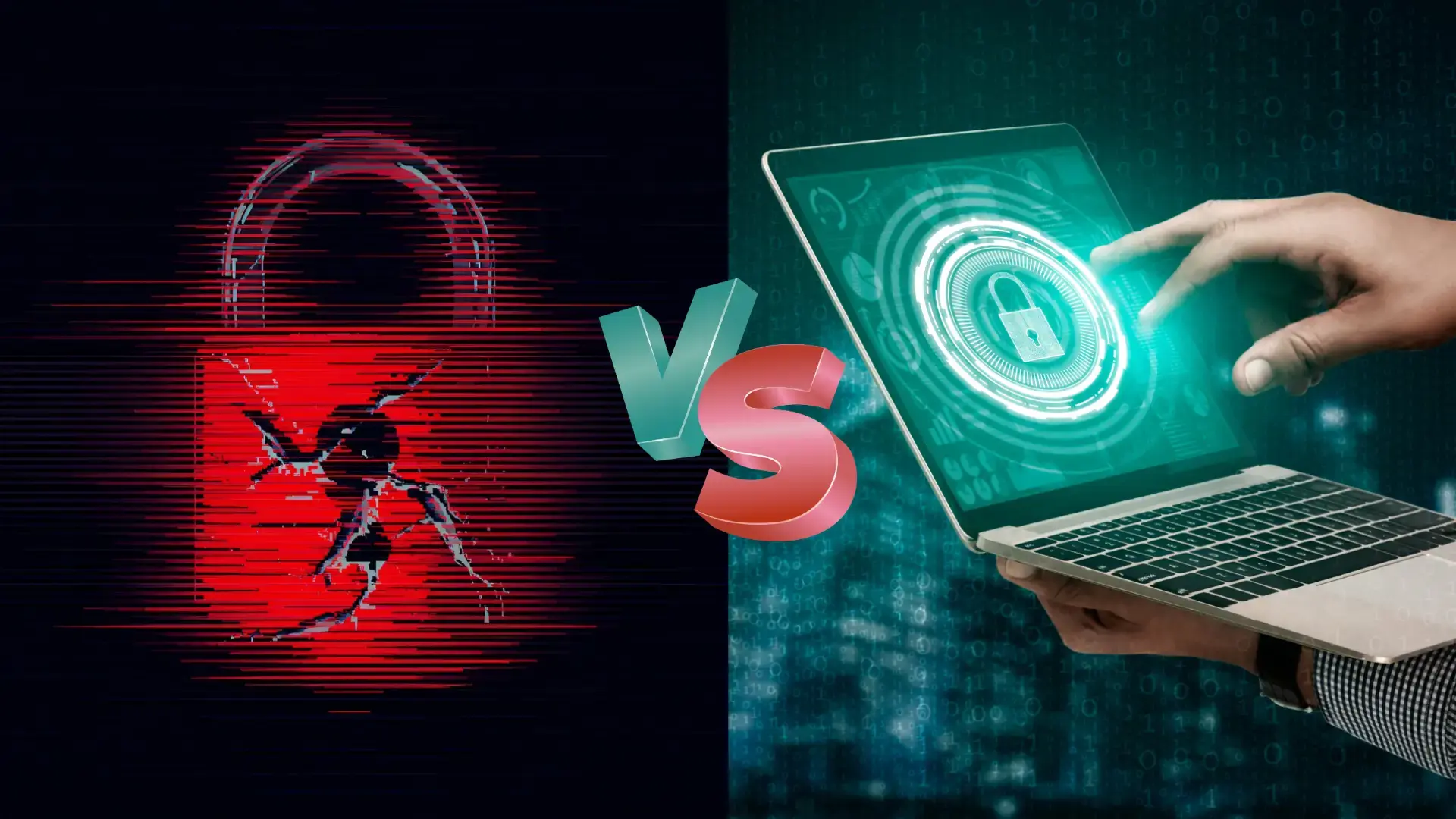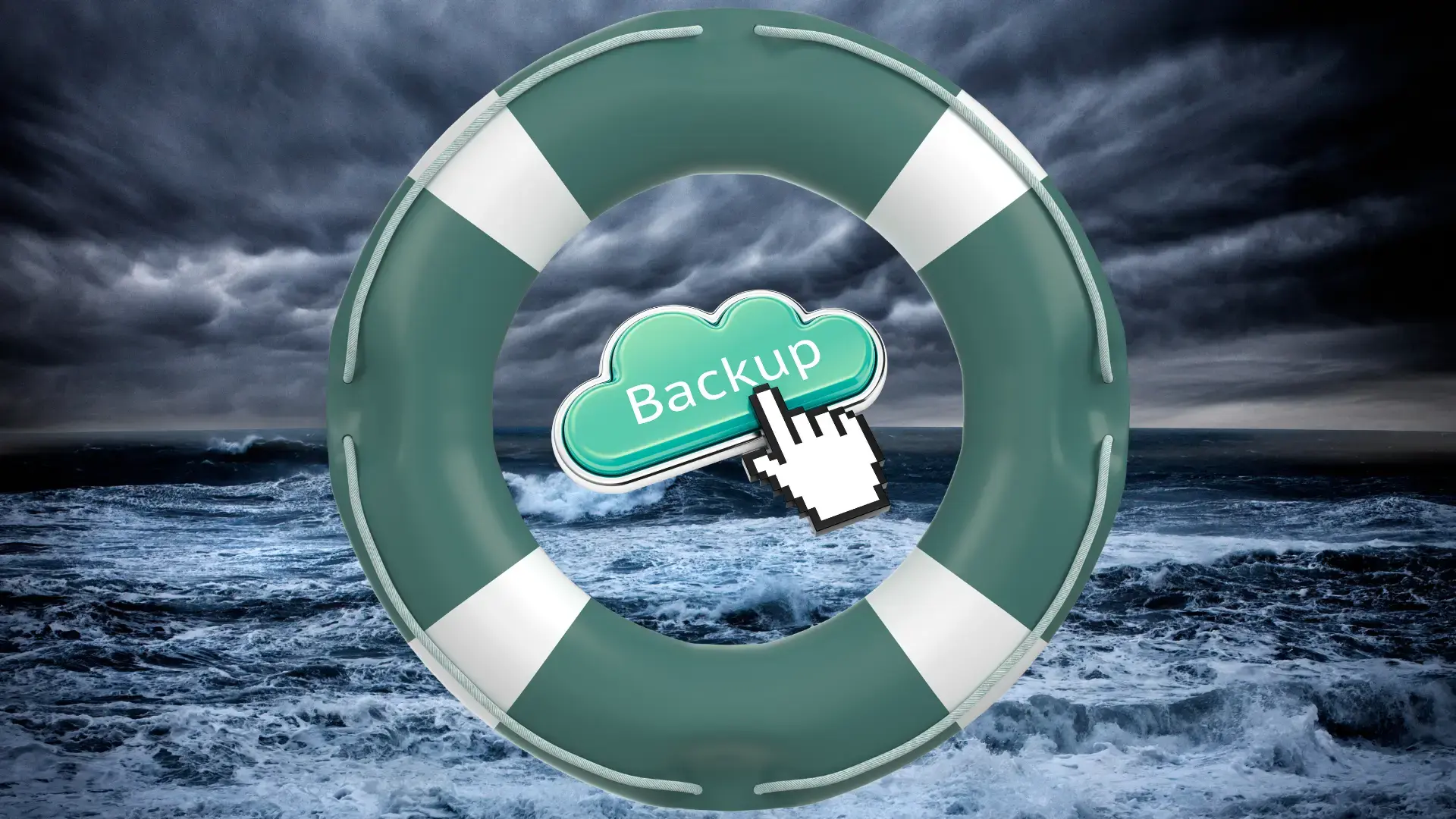Ransomware Recovery: Cloud Backups Are Your Last Hope
Ransomware Recovery: Why Your Cloud Backups Are Your Last Line of Defense Picture this: you walk into the office on a Monday morning, coffee in hand,...

I got a call at 2 a.m. from a client. The owner’s voice was all panic and exhaustion. “We’ve been hacked,” he said. “There’s a ransom note on every screen and nothing works.” It’s a moment no business owner ever wants to experience. That sinking feeling in your stomach, the rush of adrenaline, and the thousand questions that immediately follow. What did they take? Are our clients affected? Is the business going to survive this?
In that moment of crisis, your gut reaction might be to do something drastic, like unplugging every machine in the office. But the actions you take in the first hour can determine whether this is a manageable incident or a catastrophic business failure. As an IT professional who has guided businesses through these digital emergencies, I can tell you that having a plan is everything. If you haven't already created a cybersecurity incident response plan, now is the time to start. But if you're in the middle of a crisis right now, take a deep breath. We're here to help. Here are the first five things you absolutely must do.
Your first instinct might be to yank every power cord from the wall. I get it. It feels like the only way to stop the bleeding. But in my experience, that can do more harm than good. Unplugging a server or workstation erases volatile memory (RAM) which often contains crucial evidence that forensic experts need to understand how the attackers got in and what they did.
Instead, focus on containment. The goal is to isolate the affected devices to prevent the attack from spreading across your network.
This isolates the problem while preserving the digital crime scene. It’s the difference between putting a tourniquet on a wound and just hoping it stops bleeding on its own.
Now that you've contained the immediate threat, you need to understand the scope of the attack. This isn't a deep forensic dive yet; it's a quick triage to understand your immediate priorities. Ask yourself and your team some key questions.
How did the attackers get in? Was it through one of the common cybersecurity misconfigurations, or did it begin with social engineering tactics like AI voice scams? What kind of attack is it? If you're dealing with a ransomware attack, the evidence is usually front and center. For specific resources on this, it's always wise to consult CISA’s official guidance. If it's something more subtle, like data exfiltration, the signs might be less obvious.
What data was potentially accessed or stolen? This is the big one. Was it customer information, employee records, financial data, or intellectual property? The nature of the compromised data will dictate your legal and ethical notification responsibilities.
Which systems are affected? Is your website down? Can you process payroll? Are your cloud backups still intact? Understanding what is and isn't working will help you prioritize the recovery process.
Panic spreads faster than malware. Before you communicate with anyone outside the company, you need to get your internal team on the same page. A chaotic internal response only makes things worse.
Designate a single point of contact for all communications about the incident. This prevents conflicting information and rumors from flying around. Instruct your employees not to speak about the incident to anyone outside the company, including on social media. A well-meaning but uninformed post can create a PR nightmare.
Be honest but calm with your team. Let them know what's happening, that you have a plan, and what their role is. For most employees, their role is simple: stay off the affected systems and direct all questions to the designated point person.
This step feels like a chore in the middle of a five-alarm fire, but it is absolutely critical. From the moment you suspect a breach, start a detailed log. Seriously, get a notebook or open a document on a clean, unaffected device and start writing.
Record the date and time you discovered the breach. Log every action you take, no matter how small. Note which systems are showing signs of compromise (and which aren't). Document who you've spoken to and what was said. Take pictures or screenshots of any ransom notes or unusual activity if you can do so safely.
This documentation will be invaluable for cybersecurity professionals during their investigation. It’s also essential for insurance claims and any potential legal proceedings. You can't remember every detail under stress, so write it all down.
You wouldn't try to perform surgery on yourself, and you shouldn't try to handle a significant cyberattack on your own. There are simply too many ways to make a bad situation worse, from accidentally deleting evidence to negotiating with criminals. Unless you have a dedicated internal security team, this is the moment you call for professional help.
An experienced incident response team can properly analyze the breach, eradicate the threat, and get you back online safely. They know how to preserve evidence, navigate the complexities of different attack types, and ensure the attackers are truly gone from your network. Trying to DIY a major breach often leads to reinfection because a hidden backdoor was missed.
Once the immediate fire is out, it's also crucial to report the incident to the authorities through the FBI's Internet Crime Complaint Center (IC3) and consult with legal counsel to understand your notification obligations.
Discovering your business has been hacked is terrifying. But remember, you are not alone, and this is not an insurmountable challenge. By taking a methodical and calm approach, you can navigate the crisis, minimize the damage, and come out stronger on the other side. For more resources on building a resilient security posture, organizations like the Small Business Administration offer excellent guides. These first five steps are your lifeline. Follow them, get the right help, and start the process of taking back your business.

Ransomware Recovery: Why Your Cloud Backups Are Your Last Line of Defense Picture this: you walk into the office on a Monday morning, coffee in hand,...

I swear, overnight, everyone on my LinkedIn feed became an “AI expert.” It was like a switch flipped, and suddenly every business guru was talking...

The great work-from-home experiment that started a few years back has, for many of us, become… well, just how we work now. And while trading your...